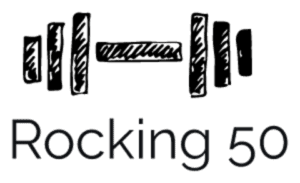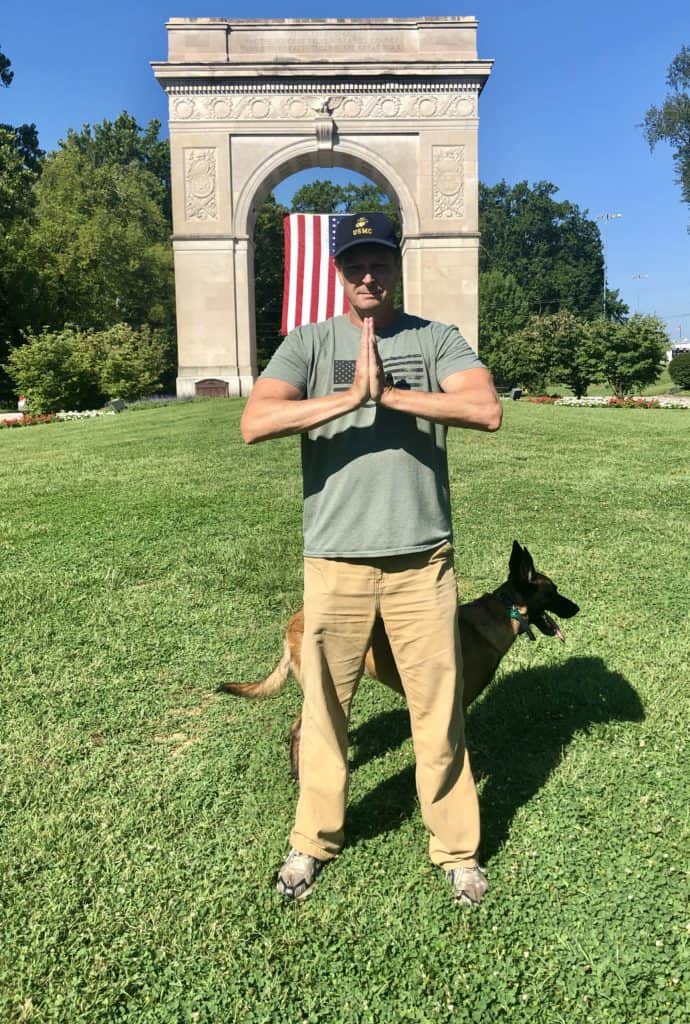
Isometric exercises build muscle without joint pain.
Are isometric exercises good for seniors?
Yes they are!
Do you remember the ads for Charles Atlas workouts in the back of magazines when you were a kid?
Well, he was a real person and did pack on muscle basically using body weight and isometric exercises.
He figured out that you can build muscle by pushing one arm against the other and this led to his body building routine using isometric exercises.
What are Isometrics?
Isometrics make your muscles tighten without movement.
You are pushing or pulling against a stationary object in most cases and the object does not move.
The object can also be another body part.
Doctors sometimes suggest isometric exercises to patients who are recovering from surgery, because they don’t require joint movement.
The muscle is tensing, but not contracting.
A good example of isometrics is the plank position.
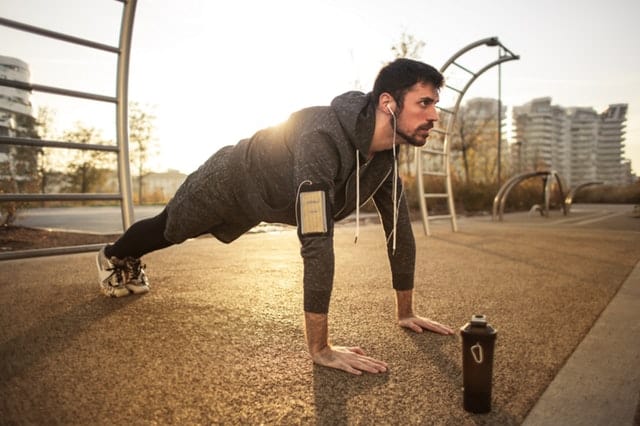
This is when you hold your body in a static position while your muscles are tensing.
Doing Isometric exercises as you age can build muscle.
These can be more preferable since they don’t stress your joints like exercises with a range of motion.
In all of these exercises, I recommend holding for 5 to 10 seconds.
But, if you feel pain, stop immediately.
Try holding these positions as long as you can, because the more you stress the muscle, the better your results will be.
Also, try different joint angles for the same exercise.
Doing this will give you some variety.
You can also try RESISTANCE BANDS.
You can increase your muscle strength by adding them to your workout routine.
For instance, a push up will have the up starting position, mid point, and the down position.
Hold for 10 seconds at each position and you will stress the muscles from 3 joint angles.
Of course you can rest between each movement.
There used to be a belief that you would only get strong in the joint angle you were using at the time.
Science has shown this is not true.
Listen to your body!
Breathe
Don’t hold your breath while doing any form of exercise.
Some people have a tendency to hold their breath while exerting themselves.
This may cause you to pass out.
Also, your muscles need oxygen to grow, so BREATHE!
Other Benefits
According to Dr. Edward R. Laskowski, from Mayo Clinic, isometric exercise can improve strength in patients with arthritis.
He goes on to say that studies show isometrics can lower blood pressure.
If you have high blood pressure, don’t do any exercise with high intensity.
That means to take it easy.
You should always check with your medical professional before starting a new physical exercise program.
If you are already in reasonable shape, try doing an isometric set mixed in with normal repetition sets.
You’ll be sure to tax your muscles this way.
Another thing
When you hold a position for 10 to 20 seconds with your muscles under full tension, you are working the muscle harder than doing repetitions.
Think about a dumb bell curl.
Hold it in the mid position (forearm parallel to the floor) for 10 seconds.
Now do 1 repetition.
Your muscles go through different phases of tension when you do the moving repetition, but stay tense the whole 10 seconds on the isometric hold.
Which one works your muscles harder?
Let’s look at some exercises.
Chest
Chest Press
You can start with your arms extended with palms facing each other.

Press your palms together and hold for 5 to 10 seconds, go longer if you can.
It’s up to you on how hard you press, but the harder, the better.
What’s nice about this one is you can stand, sit or kneel.
You can do it lying in bed before you get up in the morning.
The next chest press can be Praying Hands.

It is what it sounds like.
Put your palms together in front of your chest as if you are praying.
Press them against each other for 10 seconds.
Leaning Rest
This one is the starting position of the push up.
Get down into the leaning rest (up position) and hold for 10 seconds.
Push Up Half Way Hold
This will also engage your core muscles.
I don’t know what else to call this one.
From the push up start position, lower yourself to the halfway point and hold.
Shoulders
Doorway Press
This one is for your side (anterior) deltoids or shoulders.
Stand straight in a doorway with your hands open and palms facing your legs.
Push the back of your hand against the door frame for a count of 10 seconds.
You should feel it in the sides of your shoulders.
Legs
Wall Sit
These can help build your overall strength in your legs and your stabilizer muscles.
Start out with your back against the wall standing straight up.
Take a step out with your back and butt against the wall.
Your feet should be about shoulder width apart and toes should be point outward, about 45 degrees.
Slide down the wall until your thighs are parallel to the floor.
If you can’t go to parallel, just go as far as you comfortably can.
The more you do it, the better you’ll get.
Since we are a little older, you may want to have a grab rail or other solid handle to grab onto in case you need it.
Sometimes our knees aren’t strong enough if we put them in new positions.
But hey, that’s why we’re doing this in the first place.
You should feel the burn in your thighs and glutes (butt).
Hold this position for 10 seconds.
If your thighs aren’t toast by now, push off of the wall and stand up into the starting position.
You can also lean forward and stand up to get out of the wall sit position.
Always remember to breath when doing any exercise.
SUMO Squat
Start out with feet wider than shoulder width with toes pointing out.
Lower yourself down into a squat.
If you’ve ever done martial arts, think of the horse stance.
Again, for safety sake, have a stationary grab bar close by to help yourself out of the position.
If you are agile and flexible, you can also lean forward onto your hands and take the pressure off of your legs to get back up into the standing position.
Lunge
This is a good one for balance also.
Stand straight up with your feet together.
Step forward with your left leg into a lunge position.
It should be parallel to the ground with your foot flat on the floor.
Now your right leg should be up on the ball of your foot.
Also, your left knee should not go over and past the toes of your left foot.
This will save your knee joint.
Hold for 10 seconds and return to the starting position.
Now, repeat this movement with the right leg.
Calves
Raise up on both toes and maintain your balance for 10 seconds.
As this gets easier, do this on one leg at a time.
These will help your stabilizer muscles.
Core
Forearm Plank
Get down on your hands and knees and then your fore arms.
Now, extend your legs back so that you are balanced on your forearms and toes.
This is the classic plank position with your hips up and forming a line from your shoulders to your toes.
Contract your core section, meaning abs.
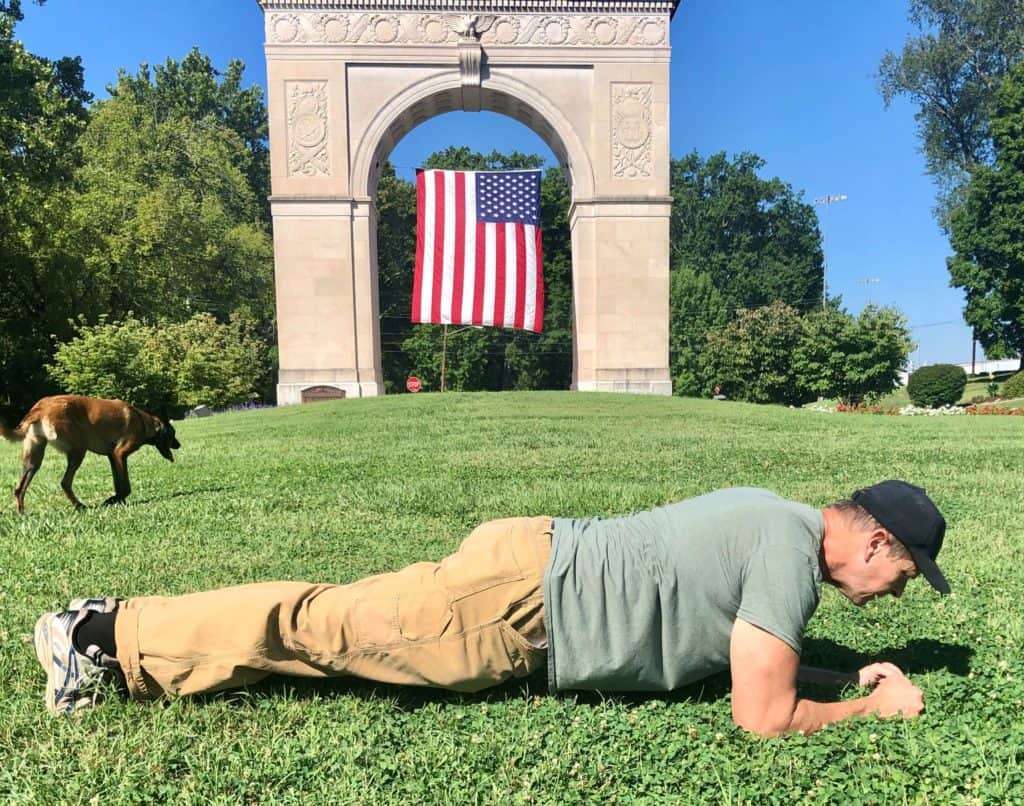
Side Plank
Lie on your right side supported by your forearm.
Raise your hips up so that your body is in a straight line with your core tight.
This will hit your oblique muscles.
Your left foot should be on top of your right foot.
Hold for 10 seconds.
Do 3 rounds of this and then switch to the left side.
This position does not come naturally, so just have patience and keep practicing.
Remember, the amount of time to hold each exercise is just a suggestion.
Back
Bar Hang
Use a pull up bar for this one.
Reach up and grab the bar and do what is commonly called a Dead Hang.

Hold this for 10 seconds.
It’s harder than you think.
Pull Up or Chin Up
If you are going to do an isometric pull up, grab the bar with palms facing away from you.
To perform a chin up, grab the bar with them facing you.
Now, grab the bar, pull yourself half way up and hold for 10 seconds.
You can also go all of the way to the top and hold.
In this exercise, you will have joint movement, so be aware if this may cause physical discomfort.
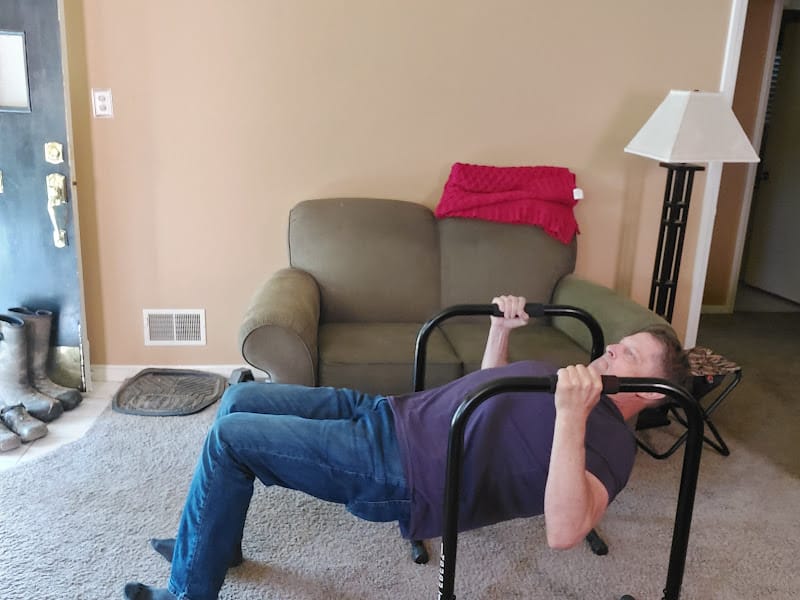
Body Weight Rows
Get under the bar which is just above your waist.
Use either grip and stretch your feet out in front of you.
You will be in a semi horizontal position.
From the down position, pull yourself up half way and hold for 10 seconds.
A variation would be to pull yourself all the way up and hold for 10 seconds.
To make it a little easier, bring your feet back toward you so that your knees are bent.
Arms
Bicep Hold
This is an isometric exercise that body builders use as one of their classic poses.
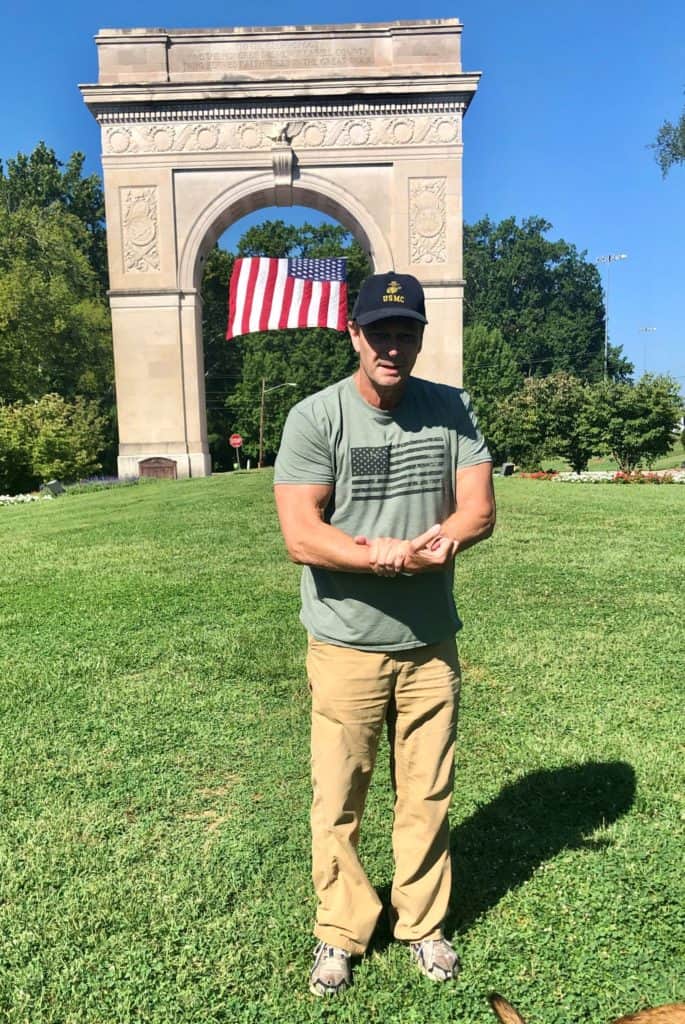
Position your right arm in a curling motion so that your forearm is parallel to the floor.
With your left hand, grab your right wrist.
Now, push with your left hand and pull with your right.
Try to bring your right hand up to your chin and apply enough downward pressure with your left hand that your arms do not move in either direction.
This will work your right biceps muscle and your left triceps muscle.
As we age, our joints are more likely to get injured from doing tasks we used to do with no problem.
What are you eating?
Your diet is a very important part of your fitness level.
Cut back your chips and soda or eliminate them altogether.
They don’t contribute to a healthy body anyway.
I personally use an Intermittent Fasting schedule which helps maintain a decent weight without being on a diet.
Click the link to check it out.
It’s more of an eating life style than a diet.
Safety Tip
Always check with a medical professional before starting a new exercise program or diet.
Conclusion
What we take away from all of this is that Isometrics do build muscle and is easy on your joints.
Isometric exercises for old guys may be the way to go.
You can also incorporate weights into most these movements.
All you have to do is lift them to the point where you are creating resistance and hold that position.
Start out with light tension and gradually build up from there.
If you can only hold for 5 seconds, that’s OK.
As you get stronger, add more time under tension and increase the intensity.
Remember, you can do most of these anywhere.
All you have to do is provide tension to your muscles.
Try to make it a habit so you will continue to perform these exercises.
If you have pain during any of the exercises, stop immediately.
Hang in there and keep moving forward.
https://www.mayoclinic.org/healthy-lifestyle/fitness/expert-answers/isometric-exercises/faq-20058186
https://www.bodybuilding.com/fun/kelly4.htm
